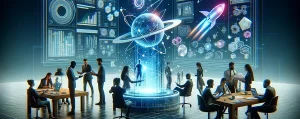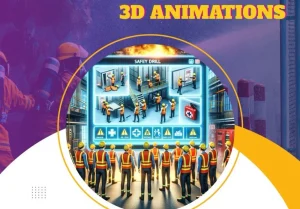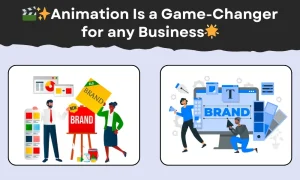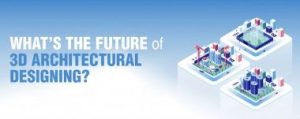Table of contents
1.Why Animation is used in Education ?
Animation is used in education to enhance learning experiences. It captivates students’ attention, simplifies complex concepts, and fosters engagement. Visual and interactive educational animations make learning fun, memorable, and easier to understand, promoting better retention and knowledge application.
steps :
Identify Learning Objectives:
Determine the key concepts or topics that would benefit from visual representation and animation.
Storyboarding:
Create a storyboard outlining the sequence of events and key visuals to be included in the animation.
Scripting and Narration:
Develop a script that effectively communicates the educational content. Consider adding narration to further enhance understanding.
Animation Production:
Use animation software or tools to bring the storyboard and script to life, incorporating appropriate visuals, motion, and interactivity.
Integration and Distribution:
Integrate the animations into educational platforms, learning management systems, or websites for easy access and distribution to students.
Evaluation:
Continuously assess the impact of the animations on students’ learning outcomes and make adjustments as needed.
Remember, animation should be used as a complement to other teaching methods and should align with the curriculum and learning objectives.
2.benefits of educational animations ?
Educational animations offer several benefits in the learning process:
2.1 Enhanced Understanding:
Animations simplify complex concepts by visually illustrating them, making it easier for students to grasp and understand abstract or challenging topics.
2.2 Enhanced Understanding:
Animations simplify complex concepts by visually illustrating them, making it easier for students to grasp and understand abstract or challenging topics.
2.3 Multisensory Learning:
Animations combine visuals, text, narration, and sometimes sound effects to create a multisensory learning experience. This approach caters to different learning styles, improving information retention and comprehension.
2.4 Interactive Exploration:
Many educational animations incorporate interactive elements, allowing students to manipulate objects, explore scenarios, and engage in problem-solving activities. This hands-on approach fosters critical thinking and encourages active participation.
2.5 Real-World Context:
Animations can simulate real-life scenarios, enabling students to see the practical applications of the concepts they are learning. This helps bridge the gap between theory and real-world situations, enhancing the relevance and applicability of the knowledge.
2.6 Self-Paced Learning:
Animations can be paused, rewinded, or replayed, giving students the flexibility to learn at their own pace. They can revisit specific sections, ensuring a thorough understanding before moving forward.
2.7 Personalization:
With animations, educators can tailor content to the individual needs of students. They can adapt the difficulty level, pace, or style of the animation to cater to different learning abilities and preferences.
2.8 Engagement for Diverse Learners:
Animated content accommodates various learning styles, including visual, auditory, and kinesthetic learners. It provides alternative representations of information, accommodating students with different strengths and challenges.
2.9 Long-Term Retention:
The combination of visual storytelling, interactive elements, and engaging animations can contribute to better information retention. Students are more likely to remember the concepts learned through animations for an extended period.
2.10 Accessibility and Inclusivity:
Educational animations can be made accessible by incorporating closed captions, transcripts, or audio descriptions, making the content more inclusive for students with disabilities or different language preferences.
By leveraging these benefits, educational animations can significantly enhance the learning experience, promote deeper understanding, and foster student engagement and achievement.











